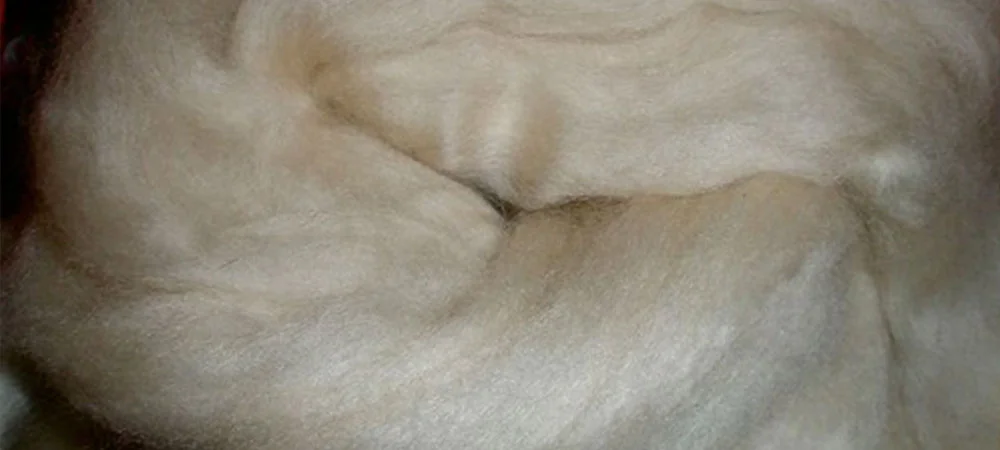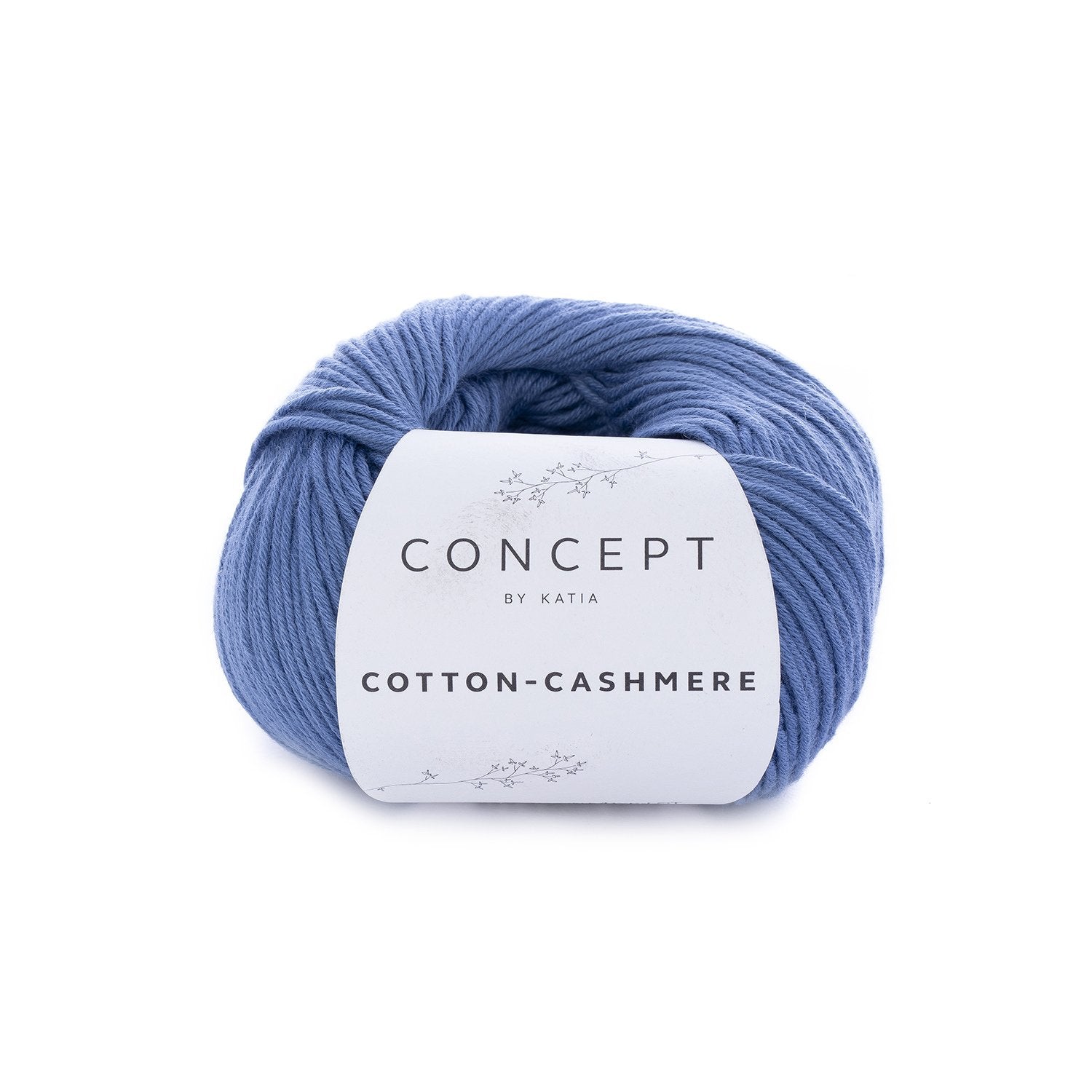What Material Is Cashmere? Understanding Its Special Characteristics and Uses
What Material Is Cashmere? Understanding Its Special Characteristics and Uses
Blog Article
Discovering the Various Sorts Of Cashmere a Natural Fiber for Ultimate Luxury
Cashmere, an all-natural fiber, is often connected with deluxe and convenience. However, not all cashmere is produced equivalent. From the richly soft Mongolian selection to the light-weight warmth of Indian Pashmina, each type provides its very own one-of-a-kind functions and allure. The much more inexpensive Chinese cashmere, the standard Scottish version, and the premium Italian mix, all inform a different story of this exceptional fiber. As we unwind the globe of cashmere, a much deeper understanding of its real worth and elegance starts to arise.
Understanding the Glamorous Nature of Cashmere
Cashmere, commonly related to high-end and comfort, holds an one-of-a-kind attraction in the world of all-natural fibers. This soft, lightweight material is coveted for its extraordinary warmth and amazing resilience. Unlike other all-natural fibers, cashmere combines insulation with breathability, supplying unmatched convenience across varying temperatures. Its glossy surface and soft structure contribute to its premium charm, validating the premium rate that usually includes cashmere garments. Furthermore, cashmere's inherent crease resistance and elasticity enhance its worth, making it a favored choice for costs garments and accessories. Despite its delicate look, cashmere possesses a surprising strength, able to keep its form and elegant feel with time. This special blend of features cements cashmere's placement as an icon of beauty and extravagance.
Just What Is Cashmere and Where Does It Originate from?

Provided these exceptional top qualities, one may ask yourself concerning the origin and make-up of this glamorous fiber. Cashmere is originated from the soft undercoat of cashmere goats, primarily found in Mongolia, China, Iran, and Afghanistan - is cashmere a natural fiber. These goats are adapted to extreme weather conditions, creating a very great, soft underfur as a protection versus the bitter cold. This underfur, or undercoat, is what is harvested for cashmere. Each spring, when the goats normally shed their wintertime layer, farmers brush out the great underhair, leaving the coarser hair behind. This thorough procedure adds to the scarcity and high cost of cashmere. With its origin in the severe landscapes of Asia, cashmere is a testament to nature's capability to create high-end from difficulty.
Decoding the Different Sorts Of Cashmere
Recognizing the different kinds of cashmere is crucial to appreciating the top quality and unique attributes of this elegant fabric. Usually, cashmere is categorized into 3 kinds: raw, virgin, and recycled. Translating these types is the initial step in recognizing the exclusivity and value of cashmere.

The Unique Qualities of Each Kind of Cashmere
Having checked out the different categories of cashmere, it emerges that each kind boasts its distinct set of characteristics. Mongolian cashmere, for example, is renowned for its superior top quality, as a result of Mongolia's extreme winters months that generate longer and finer fibers. Alternatively, Chinese cashmere is usually extra budget friendly, though its much shorter fibers can minimize toughness. Scottish cashmere is cashmere a natural fiber is commemorated for its charming gentleness, a result of the standard water cleaning procedure utilizing Scotland's soft water. Italian cashmere, meanwhile, is popular for its skillful mixing and coloring techniques, providing it versatile and dynamic. Indian cashmere, likewise known as Pashmina, is valued for its amazing agility and heat. Each type, therefore, adds to the material's credibility for deluxe.
Why Cashmere Is the Embodiment of Luxury in vogue
Cashmere holds an esteemed setting worldwide of fashion, considered as a sign of luxury and refinement. Its appeal is not simply in its soft qualities and warmth, but likewise in its rarity and the thorough procedure associated with its procurement. Cashmere is stemmed from the fine undercoat of Himalayan goats, understood for their premium quality fiber. The scarcity of this fiber, integrated with the labor-intensive process of collection, adds to its high price and special condition. Cashmere's exceptional comfort and toughness make it an in-demand product in the development of premium garments. Its natural lightweight and insulating properties contribute to its desirability, making it the embodiment of deluxe in vogue.
The Process of Making Cashmere: From Goat to Garment
The trip of cashmere, from being an undercoat of a Himalayan goat to a glamorous garment, is a complex one. This blend is after that meticulously separated, with just the soft down used for cashmere. From goat to garment, each step is a testimony to the artistry, persistence and ability involved in crafting cashmere.

Verdict
Finally, cashmere, with its natural elegance and unparalleled convenience, reigns supreme worldwide of high-end fashion. The diversity in kinds, ranging from the soft Mongolian, light-weight Indian Pashmina, budget friendly Chinese, standard Scottish, to the colorful Italian, discloses the adaptability of this natural fiber. The scrupulous process of changing it from a goat to a garment even more contributes to its exclusivity, making cashmere the epitome of sophistication and high-end.
Cashmere, a natural fiber, is commonly connected with luxury and convenience (is cashmere a natural fiber).Cashmere, frequently linked with luxury and convenience, holds an unique appeal in the globe of natural fibers. Unlike other all-natural fibers, cashmere combines insulation with breathability, providing unmatched comfort throughout differing temperatures. Cashmere is obtained from the soft undercoat of cashmere goats, mostly found in Mongolia, China, Iran, and Afghanistan. Cashmere is acquired from the fine undercoat of Himalayan goats, recognized for their exceptional high quality fiber
Report this page